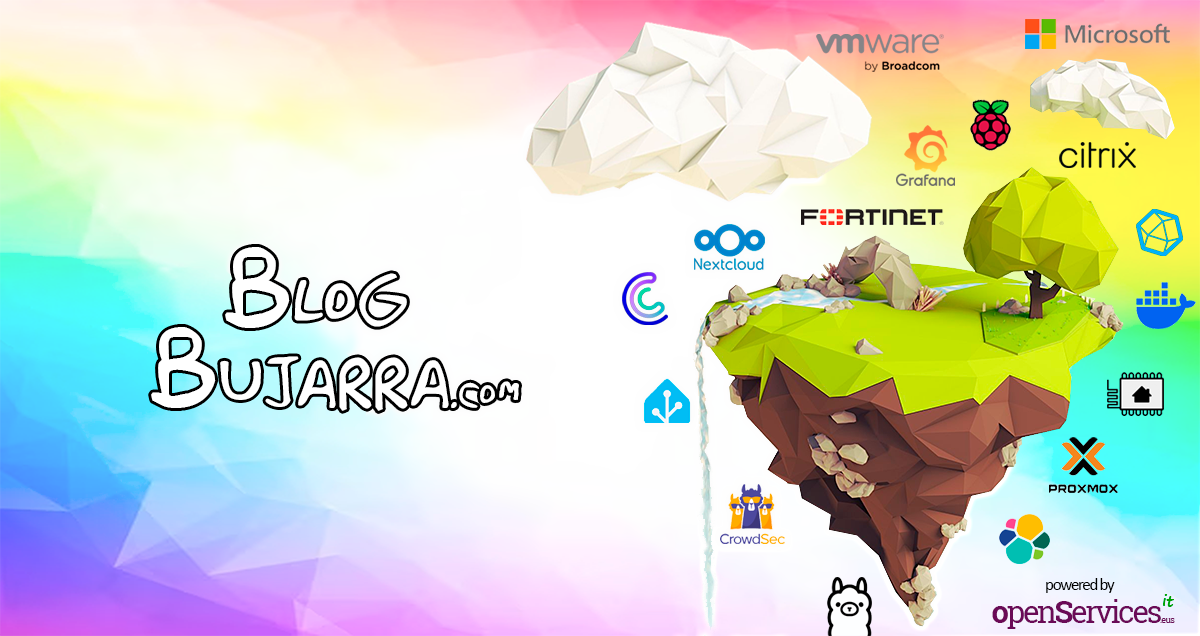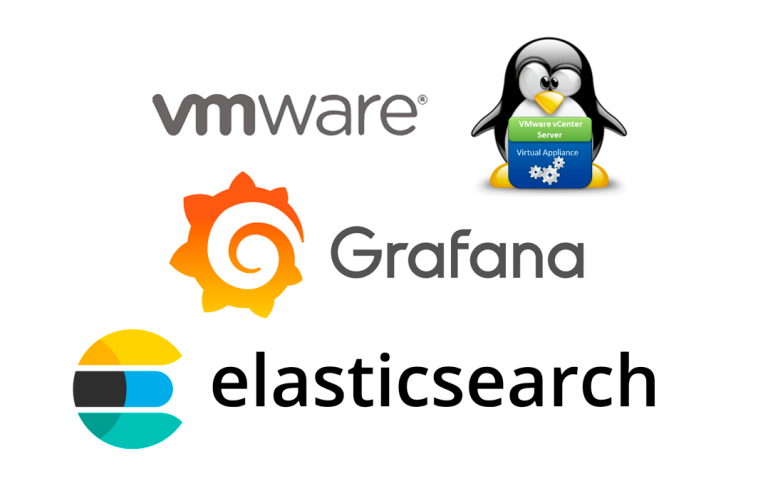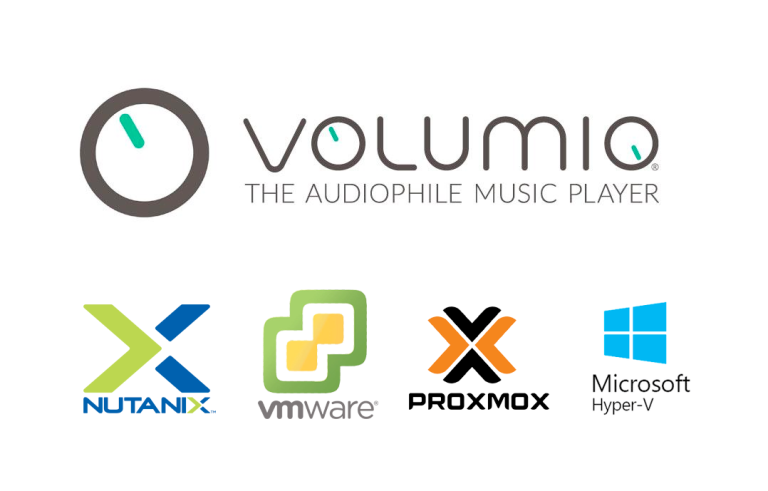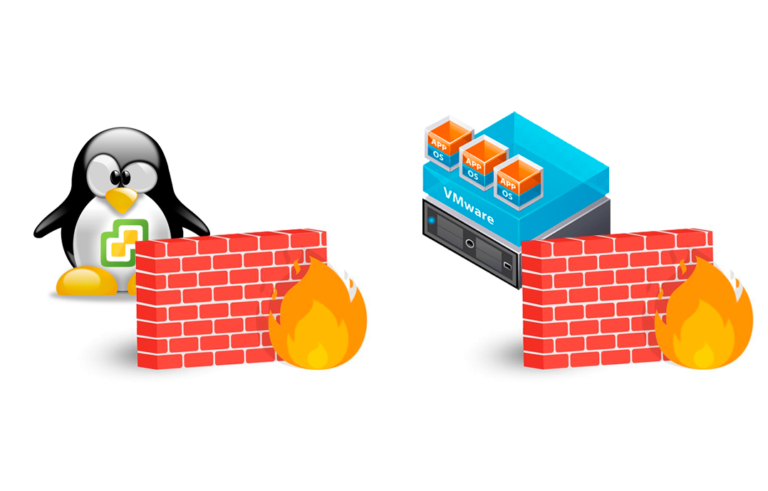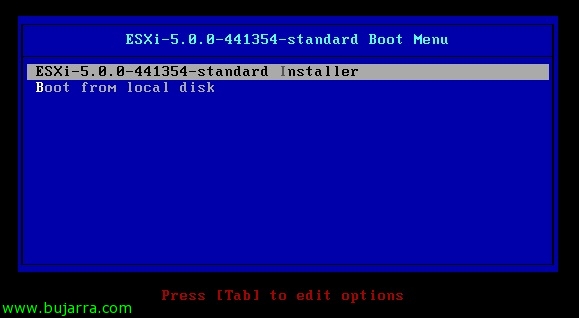
Installing VMware vSphere Update Manager 5.0
In this document, we will see the installation of the VMware Update Manager component in vSphere 5, it will allow us to keep our VMware virtual environment updated, in this new version, only ESXi servers and VMware virtual appliances with their latest updates and upgrades will be supported, previously, we could also apply patches to Microsoft virtual machines & Linux. After installing the service, each client connecting to the vCenter will need to download and enable the Plugin to manage VUM,
With VMware Update Manager (VUM) we will even be able to upgrade ESX hosts in bulk 3.5, ESXi 3.5, ESX 4.x and ESXi 4.x to ESXi 5.0, those on 3.x will first need to upgrade to the version 4. In addition to their VMware Tools and the virtual hardware of the version 4 or 7 to the version 8 (vSphere 5).
Operating System Requirements for Update Manager (.NET Framework required 3.5 SP1):
– Windows Server 2003 Standard, Enterprise, Datacenter, x64 SP2.
– Windows Server 2003 R2 Standard, Enterprise, Datacenter, x64 SP1.
– Windows Server 2008, Standard, Enterprise, Datacenter, x64 SP2.
– Windows Server 2008 R2, Standard, Enterprise, Datacenter, x64.
We won’t be able to install it on VMware vCenter Server Appliance :'(
Requirements 2 x CPU (of 64 Bit), 2Gb of RAM (4Gb of RAM if vCenter and Update Manager coexist on the same machine; more RAM will be needed if the DB server runs locally).
Update Manager needs its own DB, can be local (with SQL Express) or remote (on a DB server). If we opt for SQL 2008 R2 Express we will need Windows Installer version 4.5. Supported database types in vCenter 5: Microsoft SQL Server 2008 R2 Express (Local/remote DB up to 5hosts & 50Mvs), Microsoft SQL Server 2005 (x86 & x64, required SP3, recommended SP4), Microsoft SQL Server 2008 (x86 & x64, required SP1, recommended SP2), Microsoft SQL Server 2008 R2, Oracle 10g R2, Oracle 11g (R1 11.1.0.7 or R2 11.2.0.1 with patch 5). Later, to connect to the Update Manager DB we will need to create a 32-bit DSN.
From VMware vSphere DVD 5.0 Select “VMware vSphere Update Manager”, this installation can be performed on the vCenter server itself or on another independently; Need (recommended) 120Gb of disk to store the patches we download from the internet to later apply to our infrastructure, if on this server we do not have internet access we can install the Update Manager Download Services component on another server (UMDS) and automatically provide the hotfixes to it.
Select the installation language,
We start the installation wizard,
We accept patents,
We accept the agreement,
We will be able to indicate that after the installation it downloads the patches from our default sources, we check that it indicates we will not be able to patch at the virtual machine level or upgrades from ESX/ESXi 3.x to 4.x or 5.0 they would not be supported (it would have to be done with the previous version).
We indicate the team and credentials of the vCenter server,
We will indicate if we want it to install a local DB with Microsoft SQL Server 2008 R2 Express or alternatively we will use a DSN of 32 bit that we will have created previously against a database on an Oracle or SQL server.
We select the access method by name or IP, as well as ports for SOAP (8084TCP), Web (9084TCP) and SSL (9087TCP),
We select the installation path for Update Manager, by default '%ProgramFiles' (x86)%VMwareInfrastructure’ and the path where we will download the patches, by default in '%ProgramData%VMwareVMware Update ManagerData',
Select “Install” to begin the installation which will take us a few minutes,
…
“Finish”, with this we would have the server component installed, we still need to install the Update Manager clients to be able to configure our VUM environment and apply the updates or upgrades that we need.
To access this component, abrimos vSphere Client y vamos a la pestaña “Plugins” > “Manage Plugins…”.
Veremos que tenemos disponibilidad de bajar e instalar el componente VMware vSphere Update Manager Extension, By pressing “Download and install…”. Esperaremos mientras se baja y se instala mediante un asistente de instalación simple.
Seguiríamos el asistente…
Y podremos comprobar cómo ya lo tendríamos instalado y habilitado,
Ahora ya podremos abrir VMware vSphere 5 Update Manager desde el ‘Home’ del cliente de vSphere.
